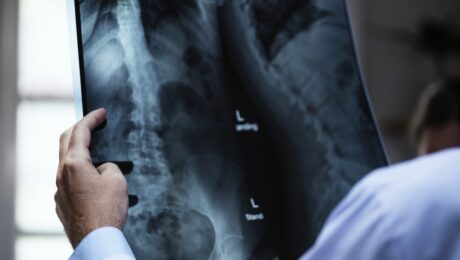Insulin-producing cells grown in the lab could provide a possible cure for the age-long disease (diabetes). Type 1 diabetes is an auto¬immune disease that wipes out insulin-producing pancreatic beta cells from the body and raises blood glucose to dangerously high levels. These high levels of Blood sugar level can be even fatal. Patients are being
ISSCA has launched a new stem cell training web page designed to offer free information and resources to help physicians choose a training program best suited to their unique needs. MIAMI, June 26, 2018—The International Society for Stem Cell Application (ISSCA) has launched a new stem cell training
Platelet-Rich Plasma has a proven record for healing soft-tissues and other living tissues. But can it actually heal the bones itself? This could mean PRP, when applied to an affected area whether it’s an elbow joint or knee or back bone area, actually heals everything within it’s reach including the bones. Is that really why



![Secondary-Diabetes[1]](https://benitonovas.com/wp-content/uploads/2020/02/Secondary-Diabetes1-460x260_c.png)
